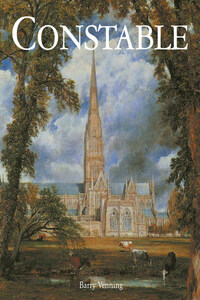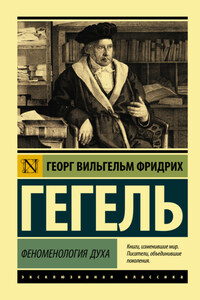John Constable is arguably the best-loved English artist. His fame and popularity are rivalled only by those of his great contemporary, J. M. W. Turner. But like Turner, his reputation rests on a handful of very well-known paintings, normally Suffolk scenes such as Flatford Mill or the Hay-Wain. The latter in particular is so famous that it sometimes overshadows the rest of his work, whereas we know from Constable’s writings that he set greater store by his Stratford Mill, and once declared that it was Salisbury Cathedral, from the Meadows rather than the Hay-Wain which best embodied “the full compass” of his art. For all its fame, even the Hay-Wain itself is misunderstood. It is so familiar that it is hard for a modern spectator to grasp the enormous impact it had upon some of the greatest French painters of the day. In order fully to appreciate Constable’s achievement one must first attempt to clear away some of the many misconceptions surrounding his work. He was, for example, a more versatile artist than most of his modern admirers realize. It is true that he was deeply and sentimentally attached to the scenery of Suffolk, and unlike many of his colleagues he did not normally tour in search of material. His friendships and family life forced him to travel, and so there is diversity in his subject matter, embracing the Lake District, Hampstead, Kent, Dorset, Sussex and Salisbury. Many of the magisterial productions of his last years, including Hadleigh Castle and The Opening of Waterloo Bridge are a far cry from the Suffolk scenes, whilst his accomplishments within the difficult and competitive genre of marine painting have been consistently undervalued.
A persistent error surrounding Constable’s work is that it is somehow “artless” and untouched by theory – that he simply “painted what he saw” in response to the beauty of the English countryside. On the contrary, he was a sophisticated, reflective artist whose naturalism was hard-won, based on an incessant study of nature, the Old Masters and wide reading. Far from disdaining theory, Constable’s library is known to have contained an enormous body of theoretical texts, ranging from classic writings by Cennino Cennini, Leonardo, Roger de Piles and Gerard de Lairesse, to the more recent works of Sir Joshua Reynolds and Henry Fuseli. Where landscape was concerned there were few important books that escaped his notice, and he had a thorough mastery of the aesthetic debates which preoccupied his contemporaries. Late in life he even lectured on the subject himself. He was also well versed in science, poetry, history and divinity, and like Turner, he put this fund of self-acquired knowledge to use in his paintings. In short, the breadth of his intelligence and the clarity of his ideas are seriously at odds with the view of Constable as a naïve realist. It is also tempting to forget that Constable was a professional painter, and that the kind of success and reputation he desired could only be achieved in London within the orbit of the Royal Academy. He could have earned a living in Suffolk, just as his contemporary, John Crome, was able to do in Norwich; but Crome relied for a steady income upon his work as a drawing master whereas Constable looked for a professional status that would match his family’s social position. Crome, after all, was the son of a journeyman weaver who kept an alehouse, and had served his apprenticeship with a coach and sign painter. Constable had a very high-minded view of landscape and was single-minded in pursuing his own course, but he also craved recognition and tried various strategies to secure it: he increased the scale of his pictures, occasionally varied his subjects and sometimes tailored his paintings to meet the expectations of the Royal Academy. He had an independent income, but it was not enough to support his family, so he was sometimes compelled to sell duplicates of his most successful scenes and to accept uncongenial commissions. These conflicts among his declared intentions, professional ambitions and family responsibilities are fundamental to an understanding of Constable’s career.

Map of the border between Essex and Suffolk showing Dedham Flatford and East Bergholt, 1805
John Constable was born in East Bergholt, Suffolk, on 11 June 1776, the fourth child and second son of Ann and Golding Constable. His father was a prosperous local corn merchant who inherited his business from an uncle in 1764, including the tenancy of Flatford Mill, two vessels, a wharf at Mistley for corn, a coal-yard at Brantham and good arable farmland. Corn ground at the mill was carried down the River Stour in barges as far as the estuary, and from there transported to London; on the return journey they imported coal and other products to maximize Golding’s income.








